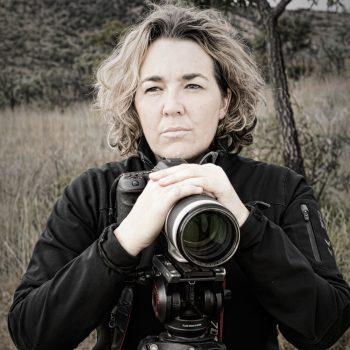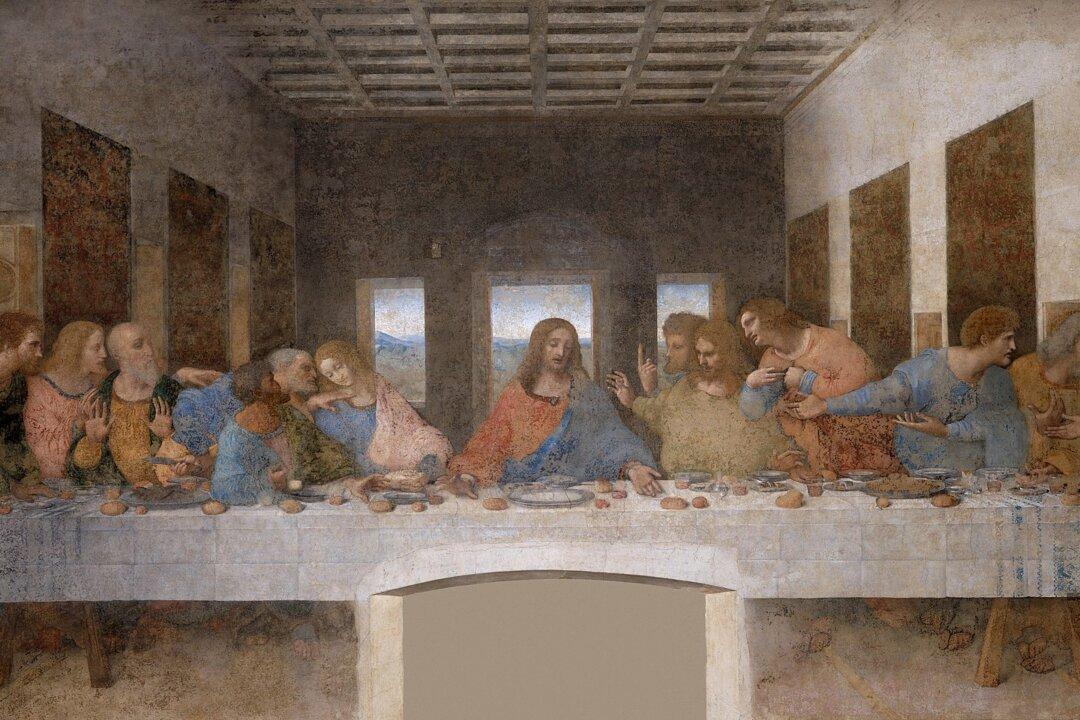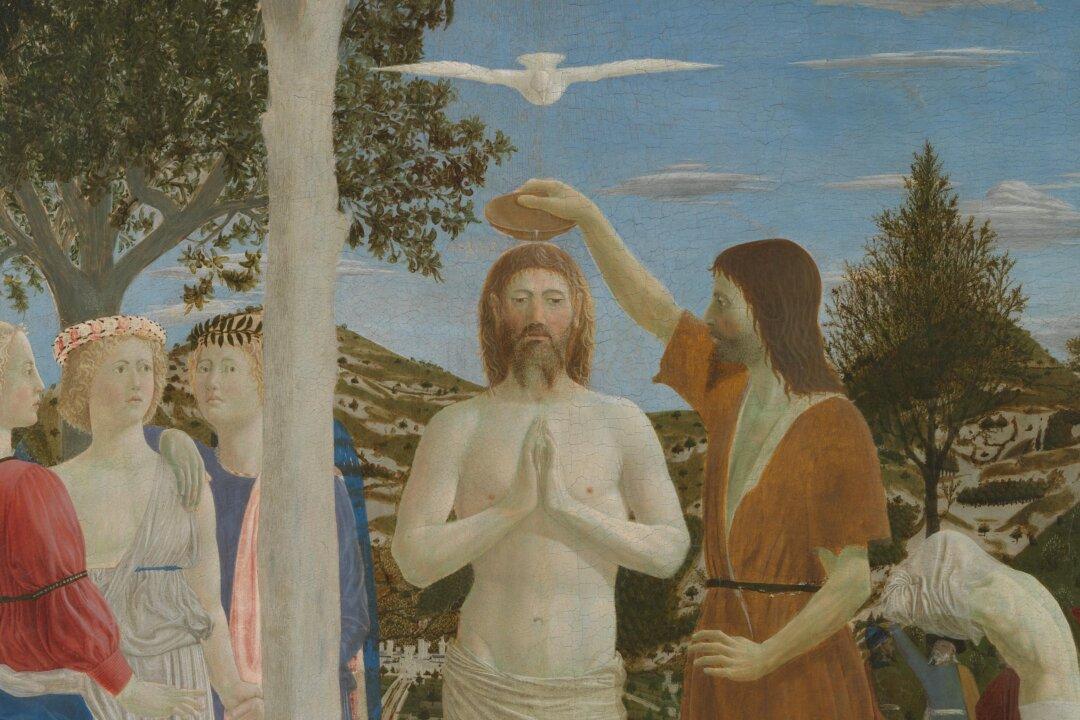“Stroop,” a film about rhino poaching in South Africa, has won 10 international awards at 15 film festivals in Europe and North America, where it was screened to packed audiences. It’s being hailed as a lyrical yet hard-hitting documentary—made with female passion—in a wildlife film industry dominated by men.

Photographer Susan Scott, the director of “Stroop,” on location in the Bushveld, South Africa.





